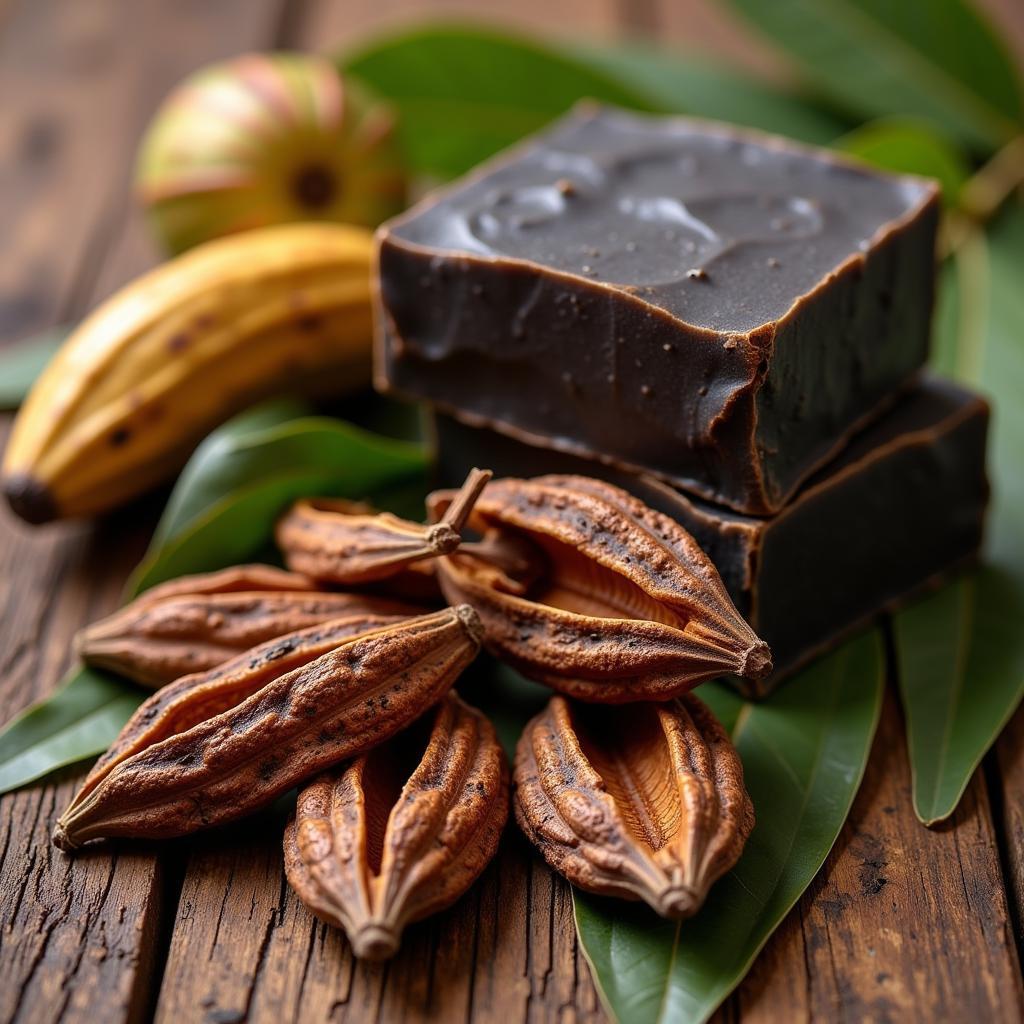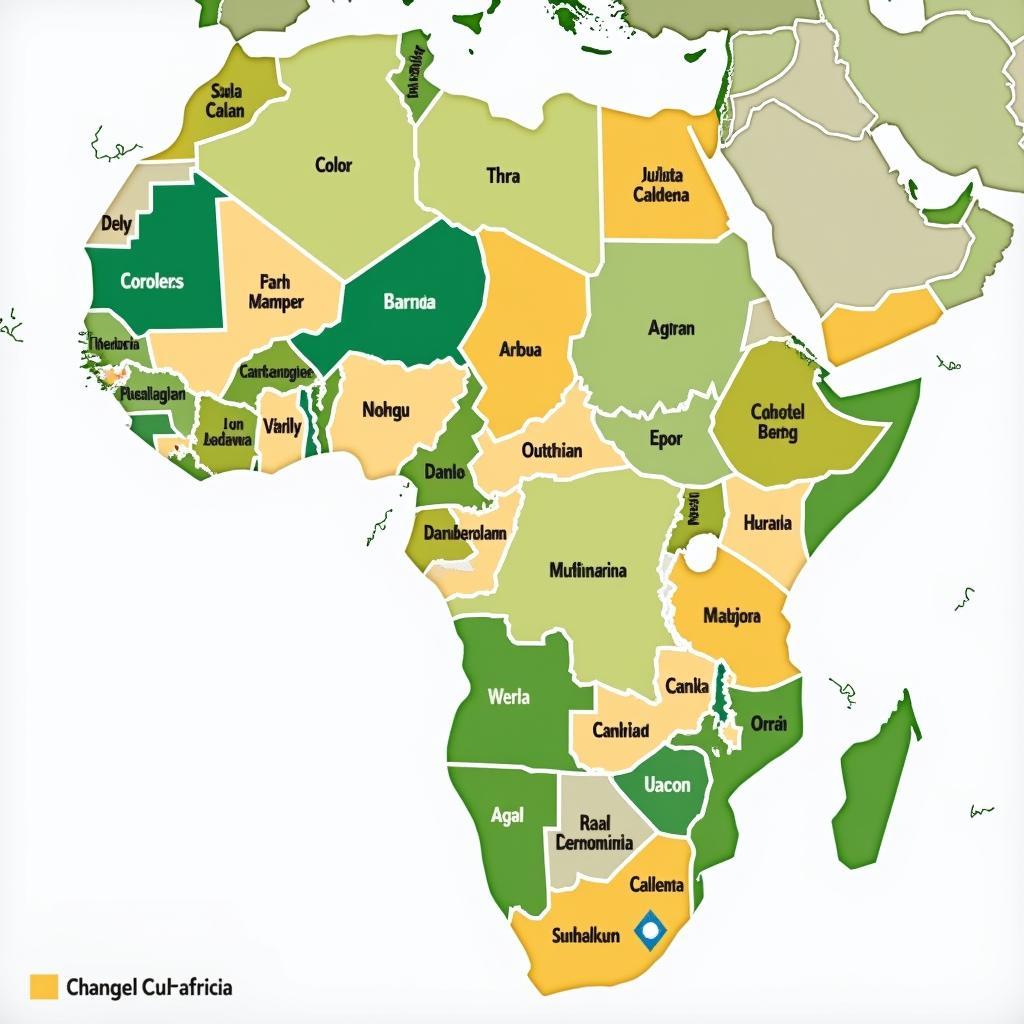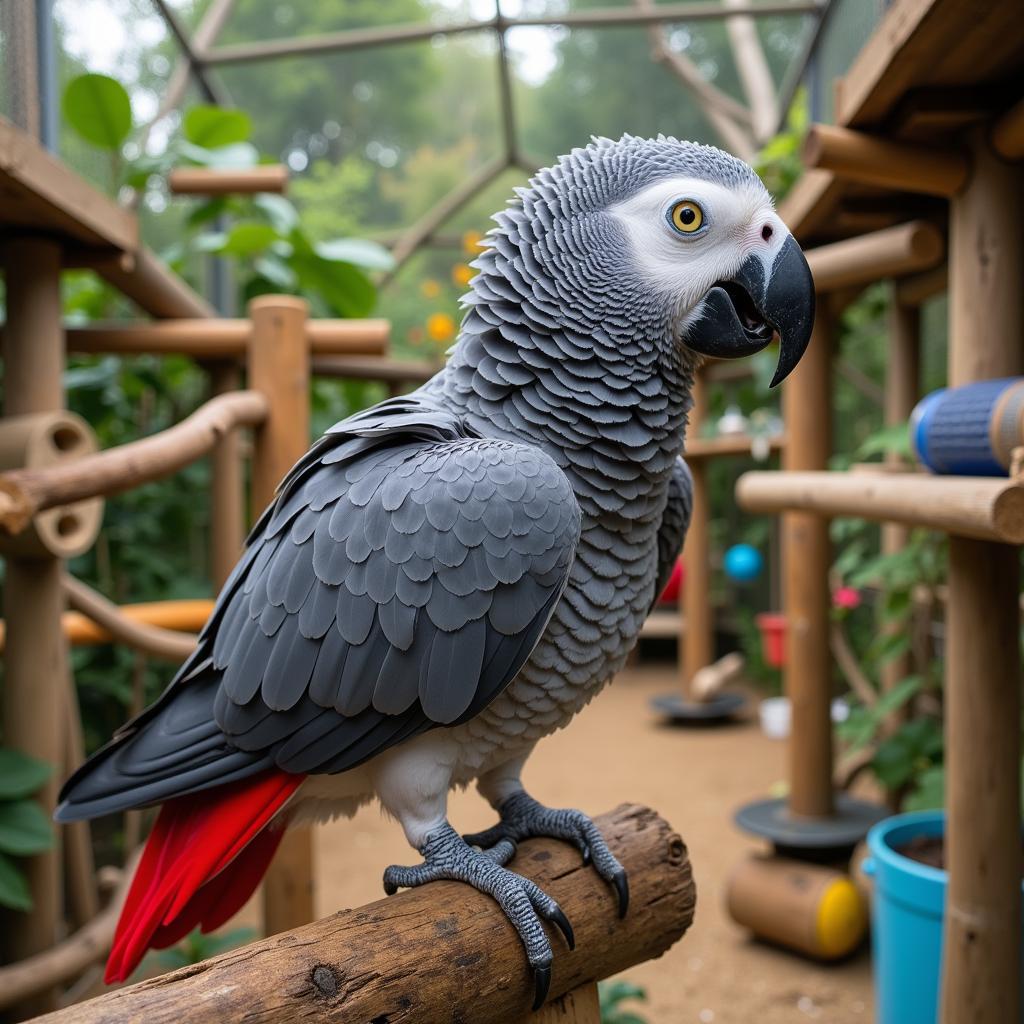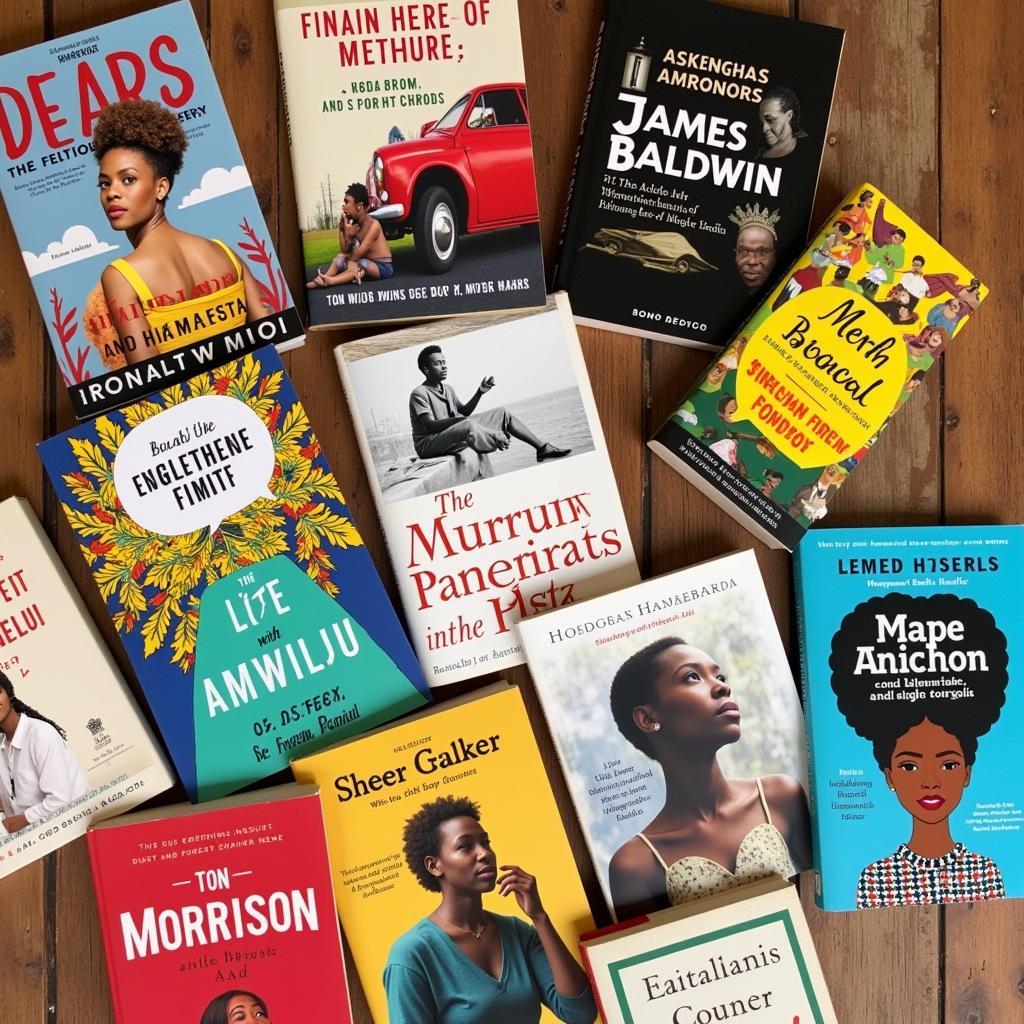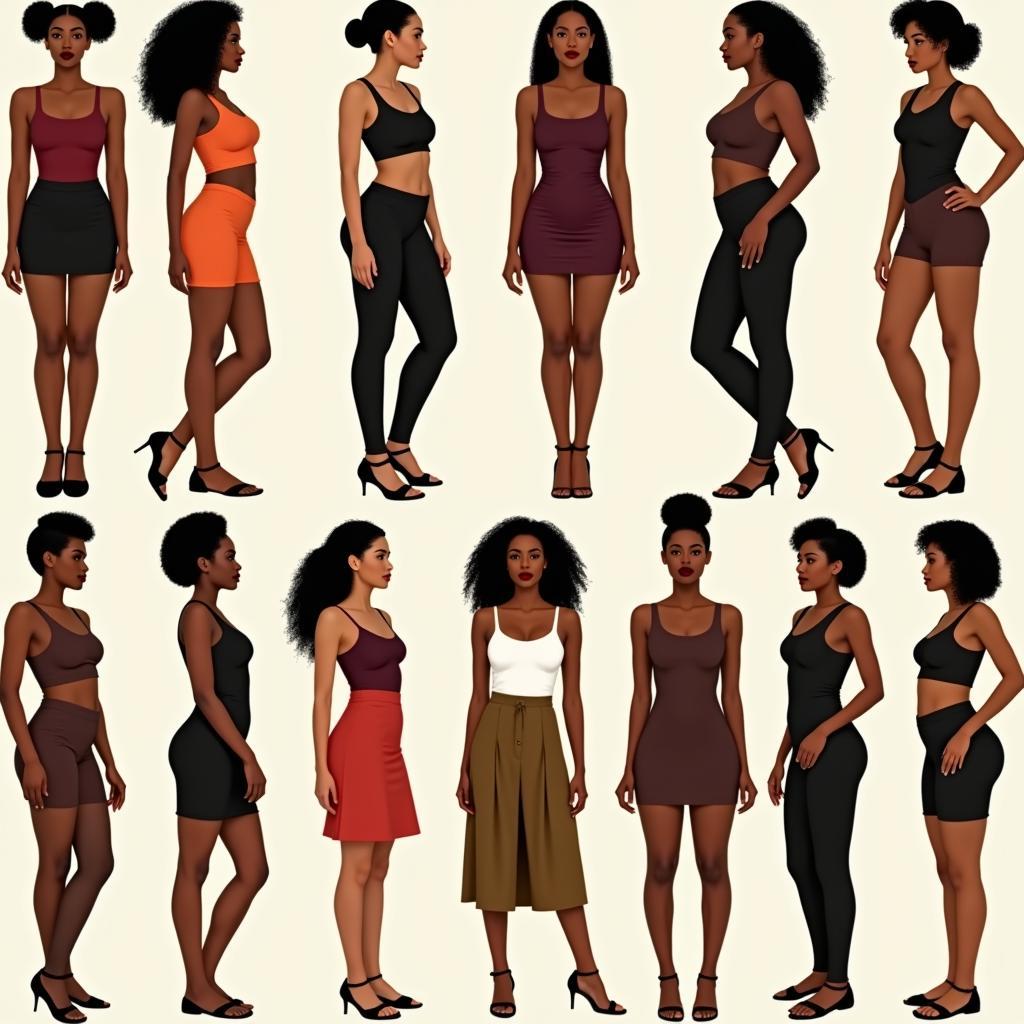African Hairstyles 2018: A Celebration of Creativity and Culture
In 2018, African hairstyles continued to captivate the world with their intricate designs, bold colors, and cultural significance. From the classic cornrows to the trendy afro puffs, there was a hairstyle for every taste and occasion. This blog post will delve into the diverse world of African hairstyles from 2018, exploring their beauty, cultural significance, and the artistry behind their creation.
The Power of African Hairstyles: More Than Just Hair
African hairstyles are not merely about aesthetics; they are powerful symbols of identity, cultural heritage, and personal expression. They tell stories, transmit traditions, and reflect the richness of African cultures.
“Hairstyles are a reflection of the history, identity, and evolution of African people. They are a language, a form of communication, and a way to connect with our roots.” – Aisha Mwakasege, hairstylist and cultural educator
Throughout history, African hairstyles have been used to signify social status, tribal affiliation, and even marital status. For many African communities, hairstyles were a powerful way to connect with ancestors, express individuality, and celebrate cultural pride.
Top African Hairstyles of 2018
2018 witnessed a resurgence of traditional African hairstyles, often reimagined with a modern twist. Here are some of the most popular styles that graced the heads of many in 2018:
1. Braids
Braids are a timeless classic in African hairstyling. In 2018, they evolved beyond the traditional box braids and cornrows. Hair stylists experimented with different braid patterns, incorporating beads, colors, and other embellishments to create unique and eye-catching looks.
2. Locs
Locs, also known as dreadlocks, continued to gain popularity in 2018. These rope-like strands are achieved by twisting or braiding the hair, allowing it to lock together over time. Locs come in various styles, from free-flowing to tightly coiled, offering a wide range of creative possibilities.
3. Afro Puffs
Afro puffs, also known as mini-afros, were a trendy hairstyle in 2018. These small, fluffy buns are a versatile and easy-to-style option. They can be worn in a variety of ways, from casual to formal.
4. Natural Hair
The natural hair movement continued to thrive in 2018, with women embracing their natural curls and coils. This trend saw a rise in styles that celebrate the beauty of natural textures, such as twists, bantu knots, and afro puffs.
5. Protective Styles
Protective styles are popular choices for those who want to keep their hair healthy and minimize damage. These styles, which often involve braiding, twisting, or locking the hair, help protect the ends of the hair from breakage and environmental damage.
The Art and Skill of African Hairstyles
The creation of African hairstyles requires a high level of skill and artistry. Hair stylists must have a deep understanding of different hair textures, braiding techniques, and the cultural significance of the styles they create.
“Each braid, twist, and loc tells a story. The art of African hairstyling is about more than just creating a beautiful look; it’s about preserving our heritage and celebrating our identity.” – Amani Ndugu, master braider and hair stylist
From traditional hair braiding techniques passed down through generations to the innovative styles created by modern stylists, African hairstyles showcase a rich tradition of artistry and cultural expression.
Conclusion
African hairstyles are not just fashion trends; they are a powerful testament to the creativity, resilience, and cultural richness of Africa. They continue to inspire and captivate the world with their beauty, diversity, and the stories they tell. Whether it’s the intricate braids, the bold locs, or the natural curls and coils, African hairstyles are a celebration of identity, heritage, and the enduring beauty of African culture.
Frequently Asked Questions
Q: What is the cultural significance of African hairstyles?
A: African hairstyles hold deep cultural meaning, often symbolizing identity, tribal affiliation, social status, and even marital status. They are a way to connect with ancestors, express individuality, and celebrate cultural pride.
Q: What are some of the most popular African hairstyles?
A: Popular African hairstyles include braids, locs, afros, twists, bantu knots, and protective styles like cornrows and braids.
Q: What are the benefits of wearing African hairstyles?
A: African hairstyles can be beneficial for both hair health and self-expression. They can help protect hair from breakage, minimize damage, and showcase cultural heritage and personal style.
Q: What is the best way to care for African hair?
A: Caring for African hair requires specific techniques and products that are suited to its unique texture. Regular moisturizing, deep conditioning, and using gentle styling methods are essential for maintaining healthy hair.
Q: Where can I find inspiration for African hairstyles?
A: There are many resources online and in your community that offer inspiration for African hairstyles. You can find examples on social media, websites dedicated to African hair, and through local salons and stylists.
Q: What is the best way to find a stylist who specializes in African hair?
A: Ask for recommendations from friends or family members who have had positive experiences with African hair stylists. You can also search online for stylists in your area who specialize in braiding, locs, or natural hair care.
Have more questions? Reach out to us! We’re happy to help you discover the world of African hairstyles and find the perfect style for you.
Contact us today!
+255768904061
kaka.mag@gmail.com
Mbarali DC Mawindi, Kangaga, Tanzania.
We have a 24/7 customer support team ready to assist you.
